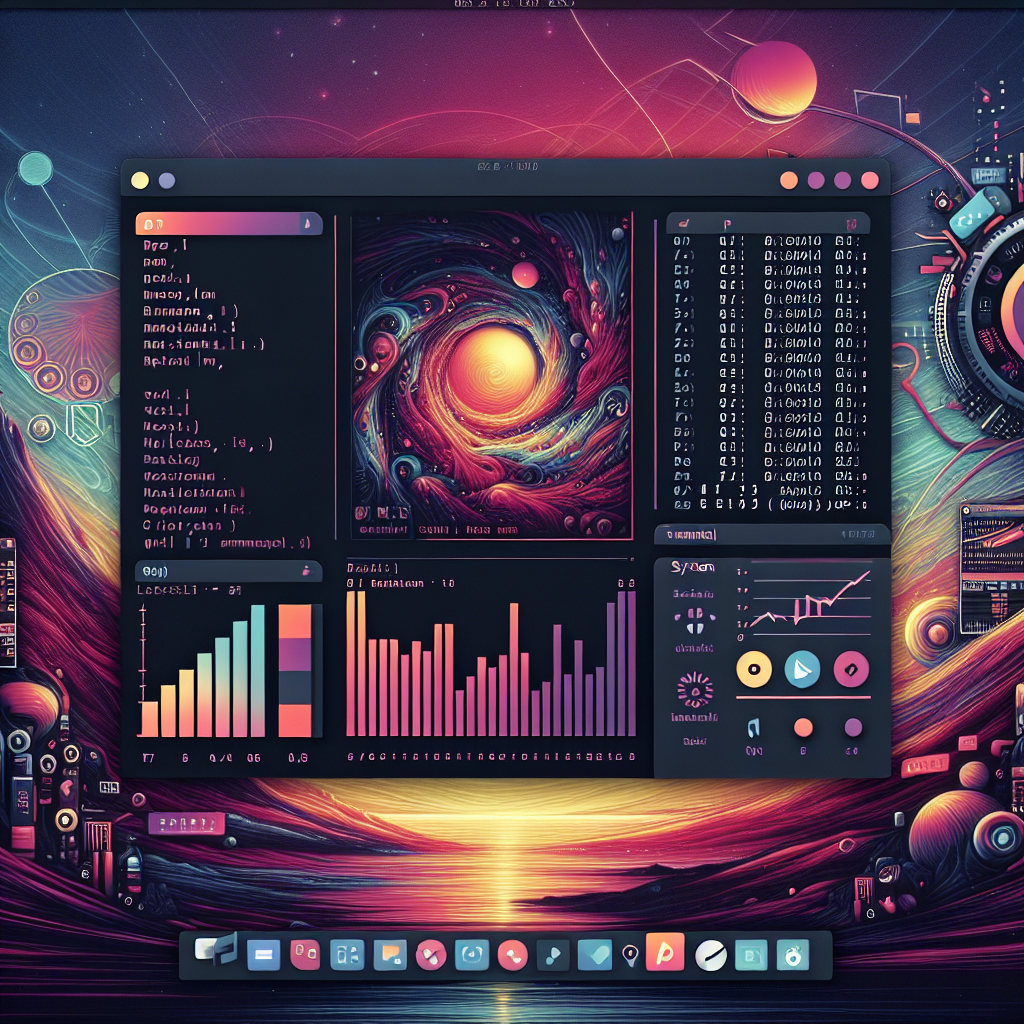Linux is an incredibly versatile operating system that can be customized to fit the unique preferences and needs of each user. From choosing the right distribution to personalizing the desktop environment and optimizing system settings, there are endless ways to make Linux your own. In this article, we will explore how to customize Linux to create a tailored and seamless computing experience. Whether you are a beginner or a seasoned Linux user, these tips and tricks will help you make your Linux system truly yours.
- 1. Installing Linux and Choosing Your Distribution
- 2. Customizing the Desktop Environment
- 3. Optimizing Performance and System Settings
1. Installing Linux and Choosing Your Distribution

When customizing Linux, the first step is to install the operating system and choose a distribution that suits your needs. There are hundreds of different Linux distributions available, each with its own unique features and characteristics. Some popular distributions include Ubuntu, Fedora, Debian, and CentOS.
Before choosing a distribution, think about what you will be using the operating system for. Are you a developer looking for a stable and reliable system? Or are you a beginner looking for a user-friendly interface? Research different distributions and their features to find one that aligns with your goals.
Once you have selected a distribution, download the ISO file from the official website and create a bootable USB drive or CD. Follow the installation instructions provided by the distribution to set up your Linux system. During the installation process, you may have the option to customize certain settings such as partitioning your hard drive, choosing a desktop environment, and selecting software packages to install.
By carefully selecting and installing a Linux distribution that meets your needs, you can set a strong foundation for customizing your operating system to suit your preferences and workflow.
2. Customizing the Desktop Environment

Customizing the desktop environment on a Linux system allows users to personalize their workspace to suit their preferences and workflow. There are various ways to achieve this customization, depending on the desktop environment being used.
One of the most popular desktop environments for Linux is GNOME, which offers a range of customization options through its built-in settings. Users can change the appearance of the desktop by adjusting the theme, icons, fonts, and backgrounds. GNOME also allows for the placement of panels and applets on the desktop, as well as the configuration of keyboard shortcuts and gestures.
For those using KDE Plasma, customization options are even more extensive. Users can select from a wide variety of pre-installed themes and add widgets to the desktop for additional functionality. KDE Plasma also offers a high level of configurability, allowing users to fine-tune various aspects of the desktop environment to their liking.
Other popular desktop environments, such as Xfce, Cinnamon, and Mate, also provide customization options for users to modify the appearance and behavior of their desktop. These desktop environments often offer settings for changing the layout of panels, adjusting the appearance of windows and menus, and customizing the desktop wallpaper.
Overall, customizing the desktop environment on Linux allows users to make their workspace more efficient, visually appealing, and tailored to their individual needs and preferences. Whether users prefer a minimalist interface or a feature-rich environment, Linux provides the flexibility to create a desktop experience that suits their unique style.
3. Optimizing Performance and System Settings

When it comes to customizing Linux, optimizing performance and system settings can greatly improve the overall efficiency and speed of the operating system. There are a few key ways to achieve this:
1. Utilize system monitoring tools: Monitoring tools such as top, htop, and iotop can help you keep track of system resources and identify any processes that may be hogging CPU or memory. By regularly monitoring your system, you can pinpoint areas of inefficiency and make necessary adjustments.
2. Adjust kernel parameters: The Linux kernel has many tunable parameters that can be adjusted to optimize performance. Tools like sysctl allow you to tweak settings such as network buffer sizes, disk I/O scheduler, and memory allocation. By carefully adjusting these parameters, you can tailor the system to better meet your specific needs.
3. Disable unnecessary services and startup programs: Many Linux distributions come with a variety of services and programs that may not be essential for your particular use case. By disabling unnecessary services and programs, you can reduce the system's resource usage and improve overall performance. Tools like systemd and systemctl can help you manage which services start at boot and which remain running in the background.
Overall, optimizing performance and system settings is an important aspect of customizing Linux to suit your needs. By utilizing monitoring tools, adjusting kernel parameters, and disabling unnecessary services, you can create a more efficient and streamlined system that works for you.
























+ There are no comments
Add yours